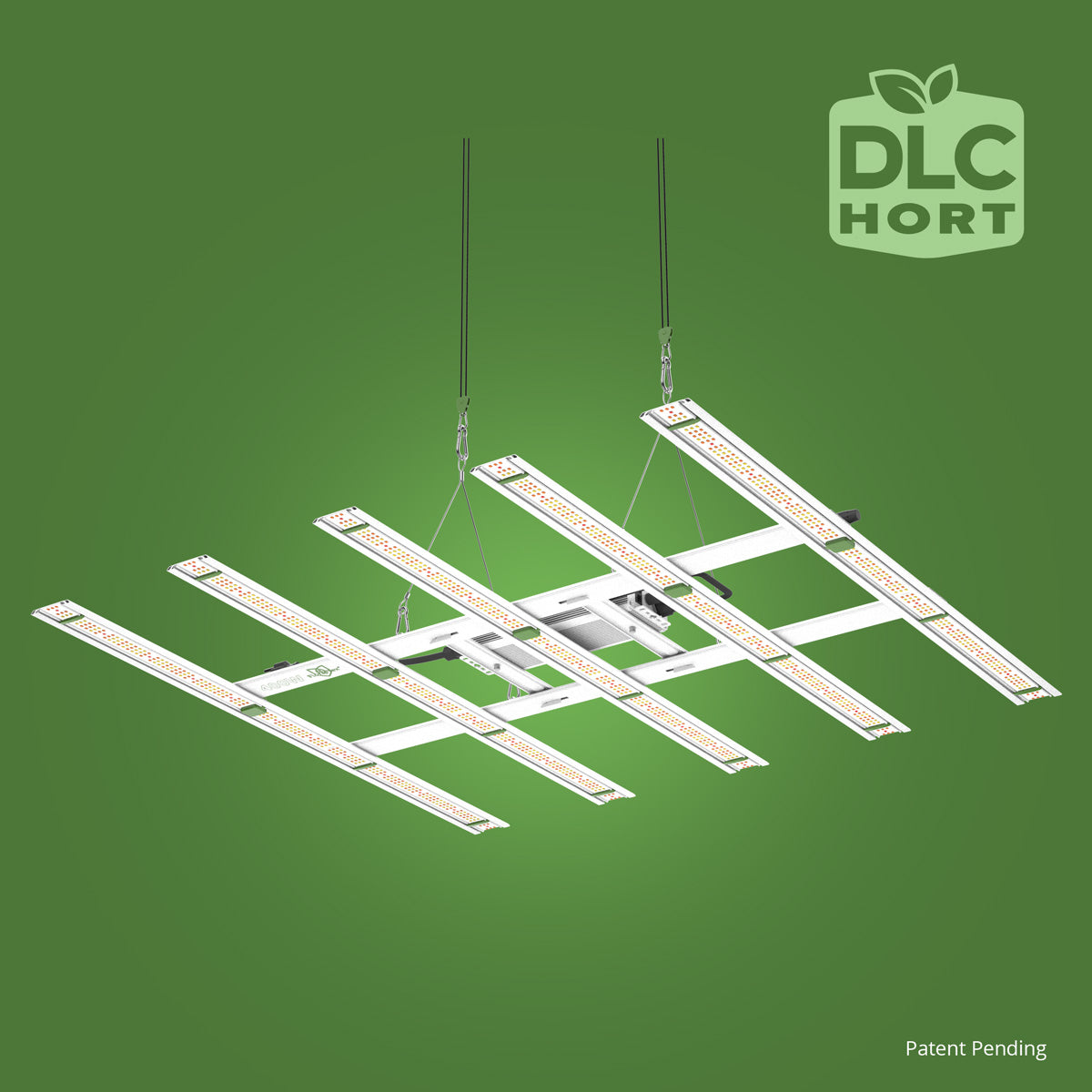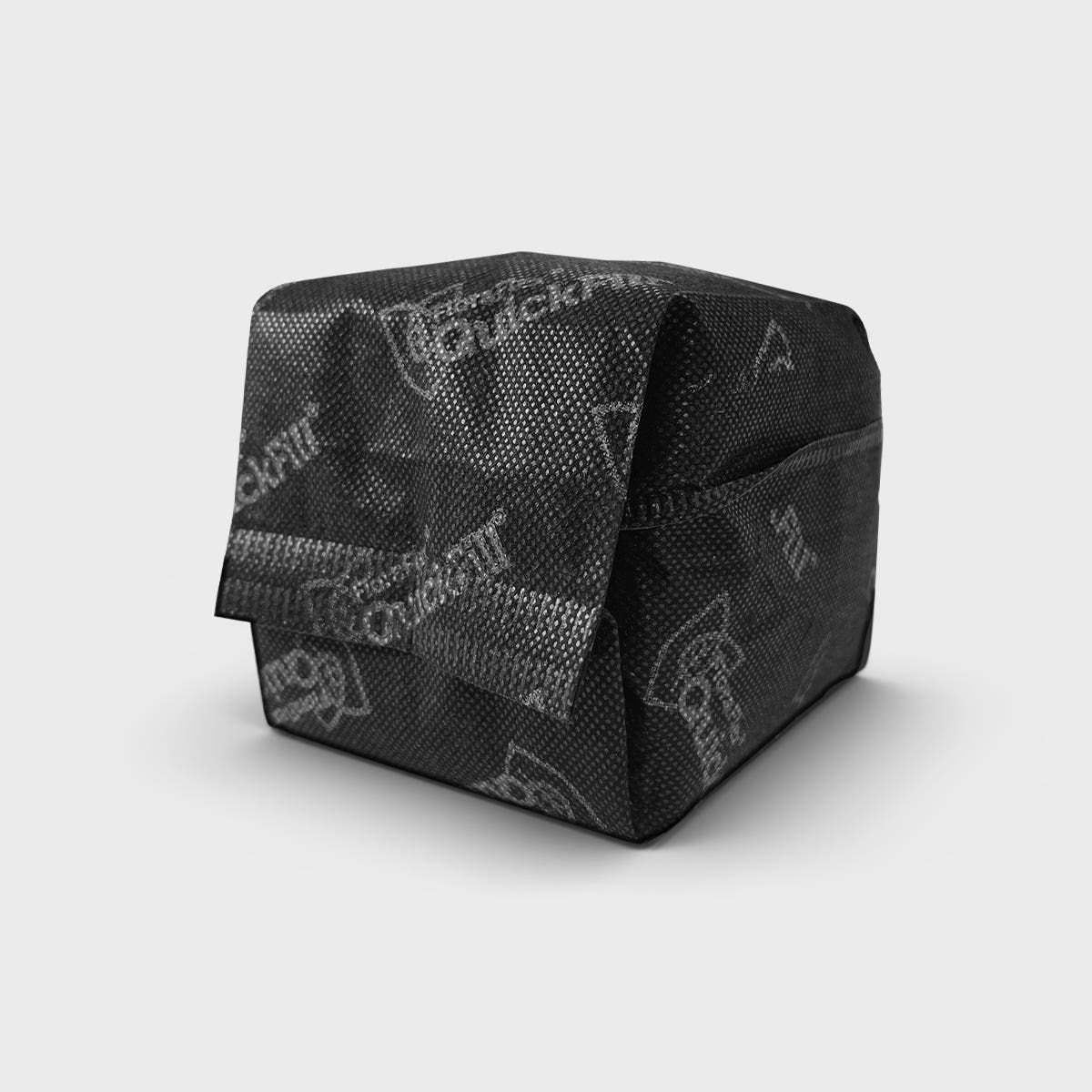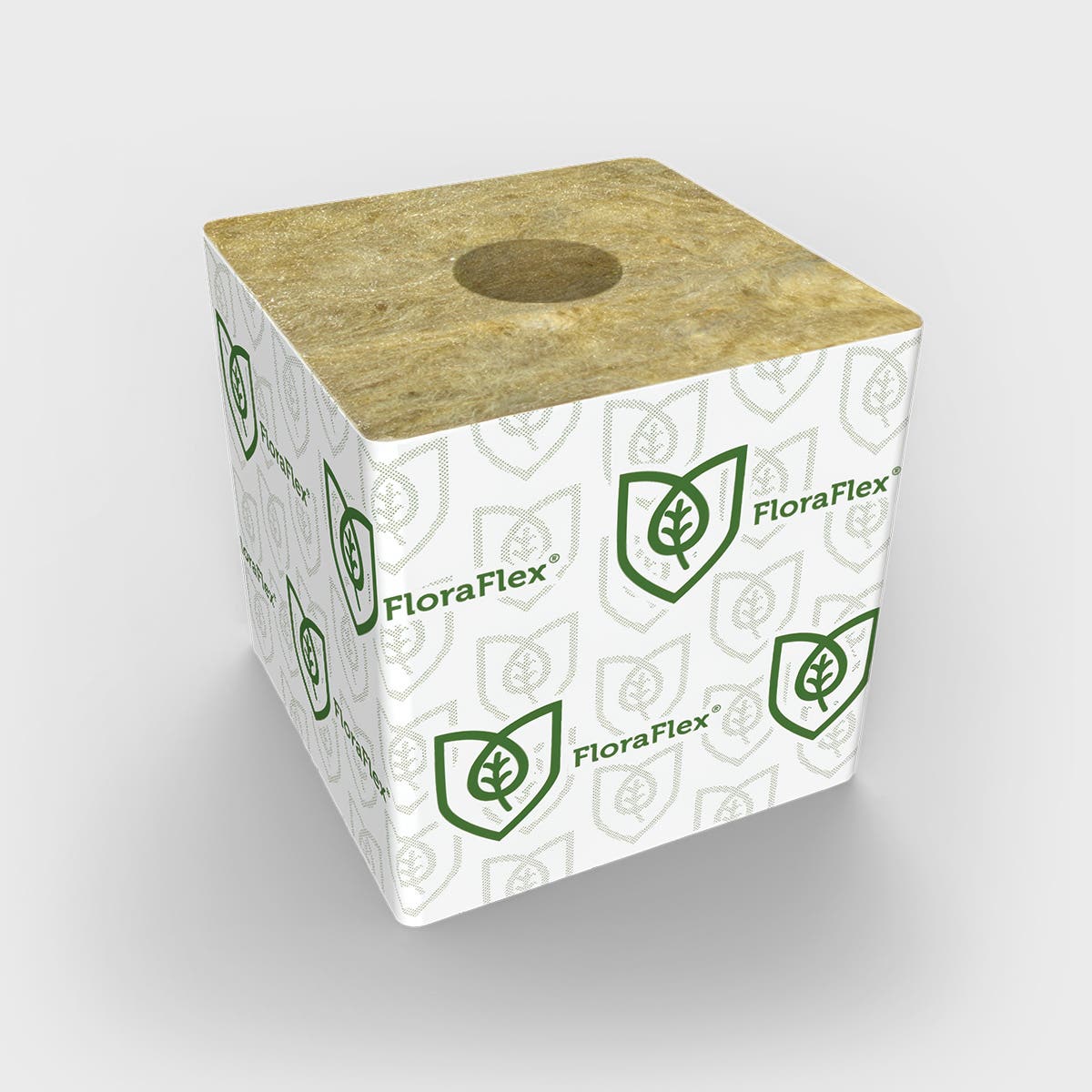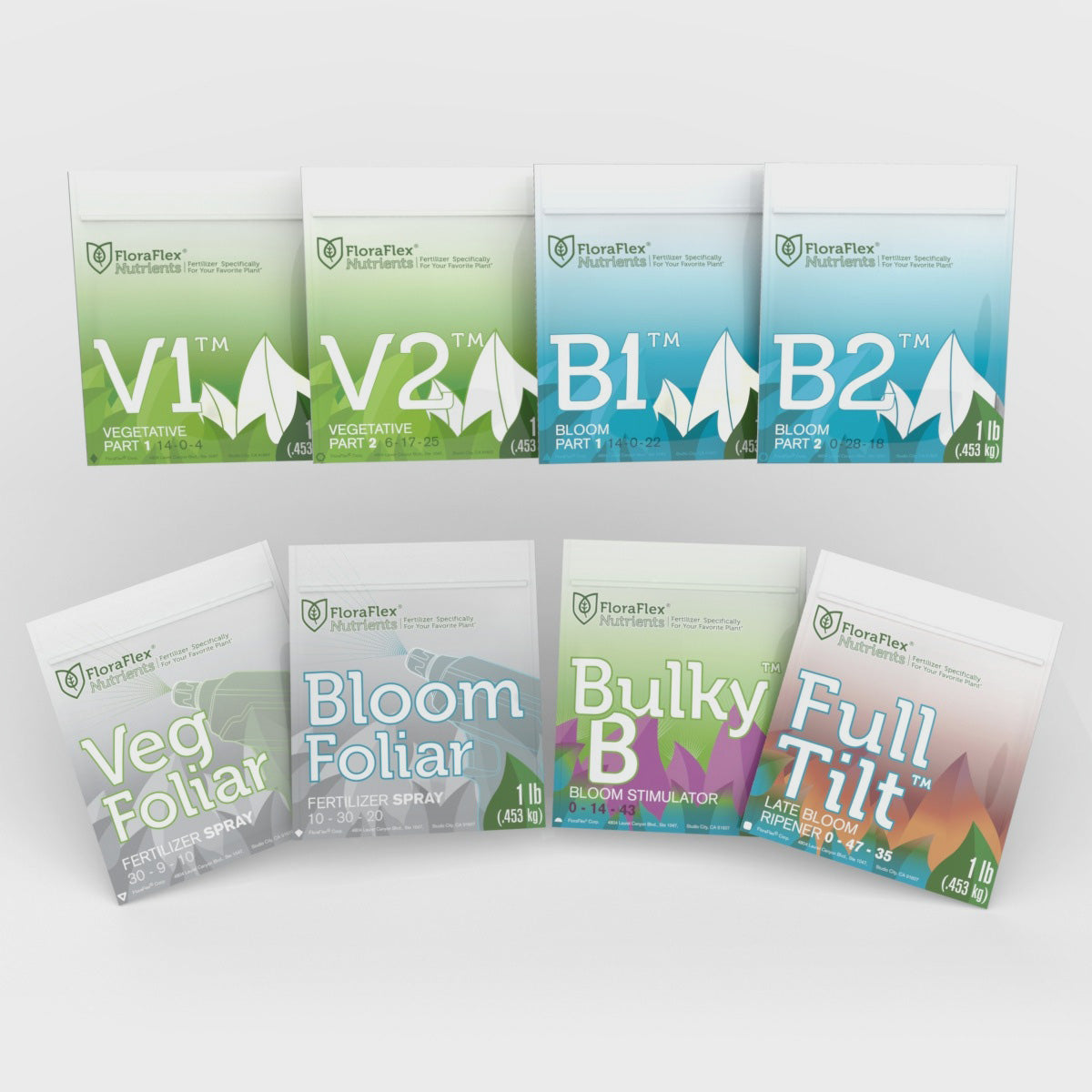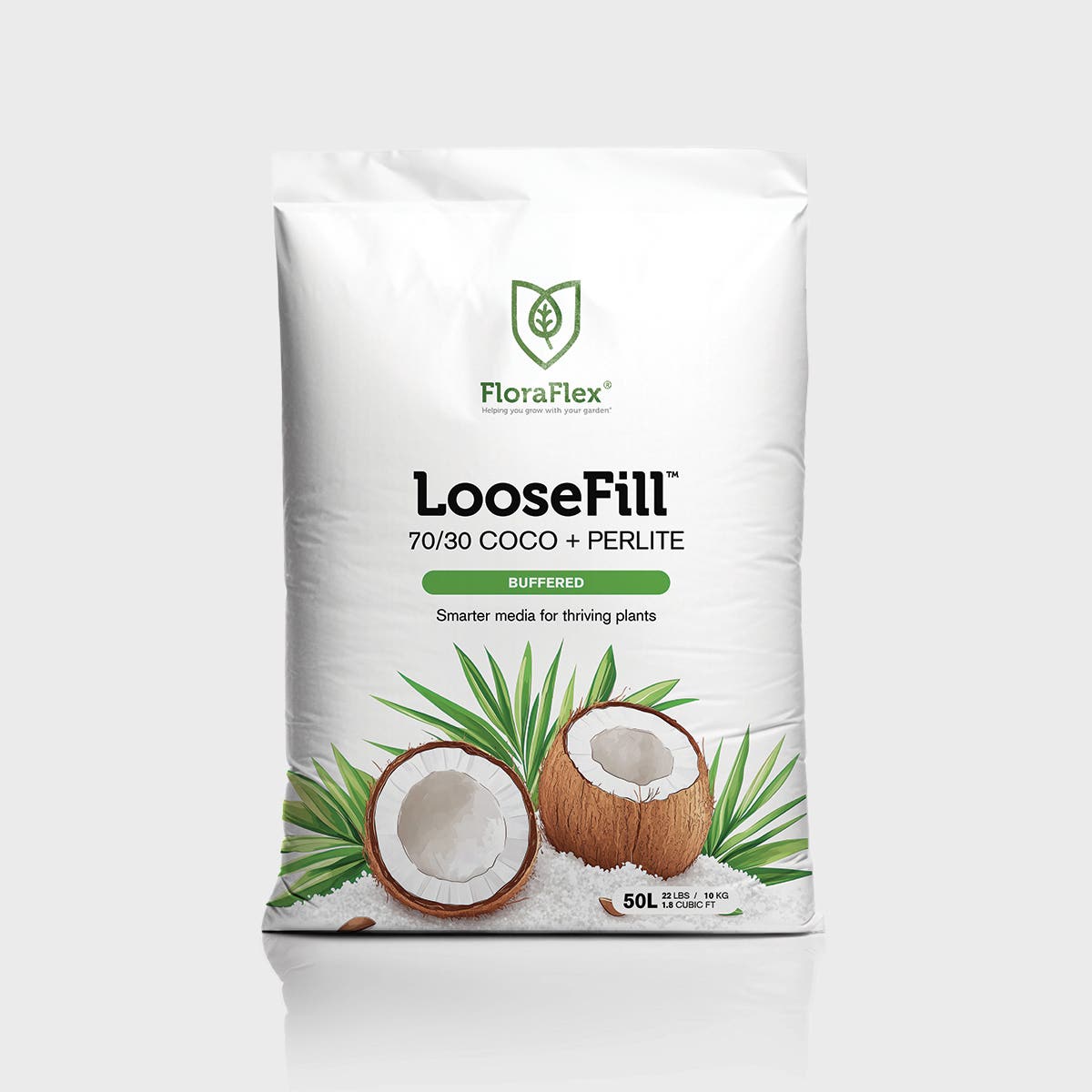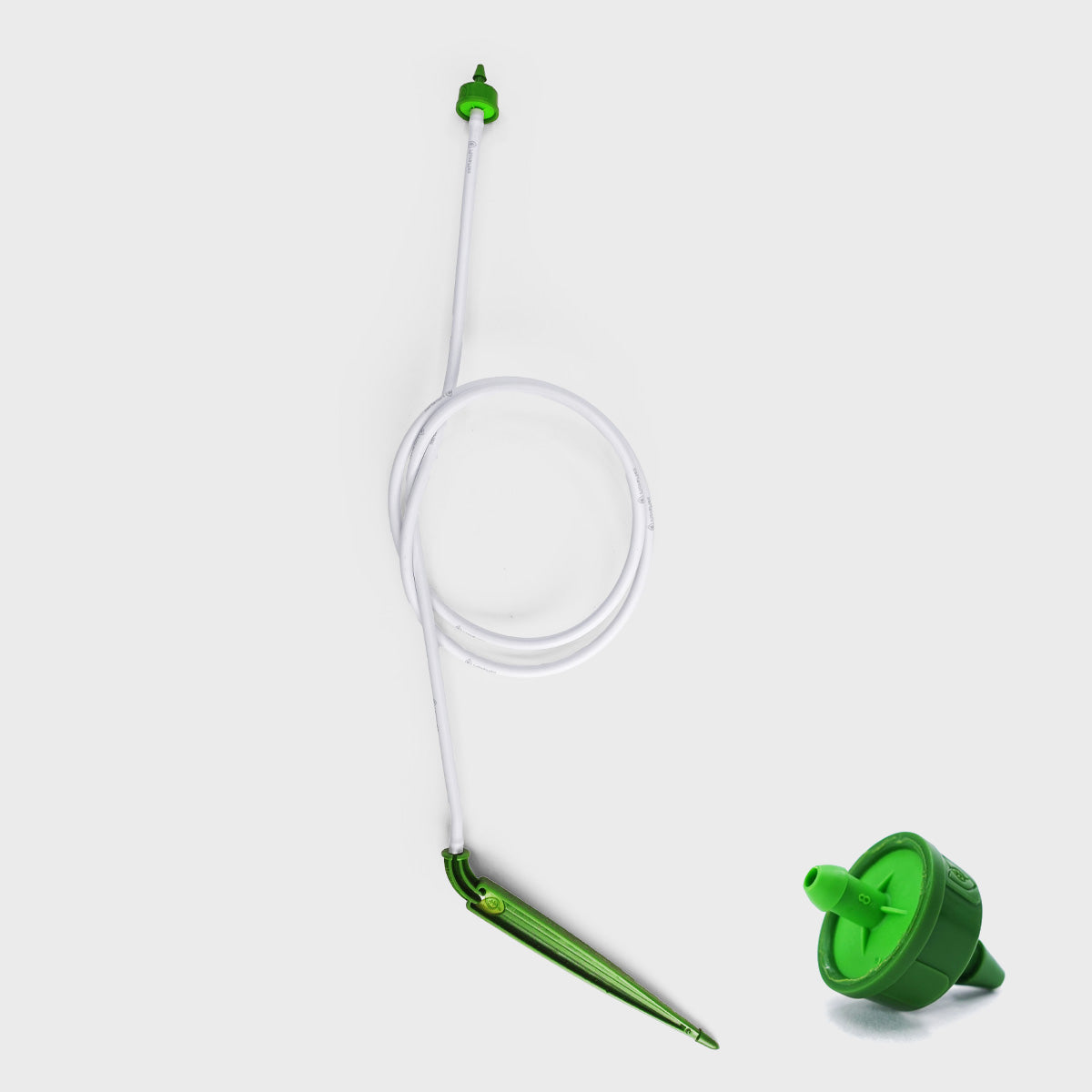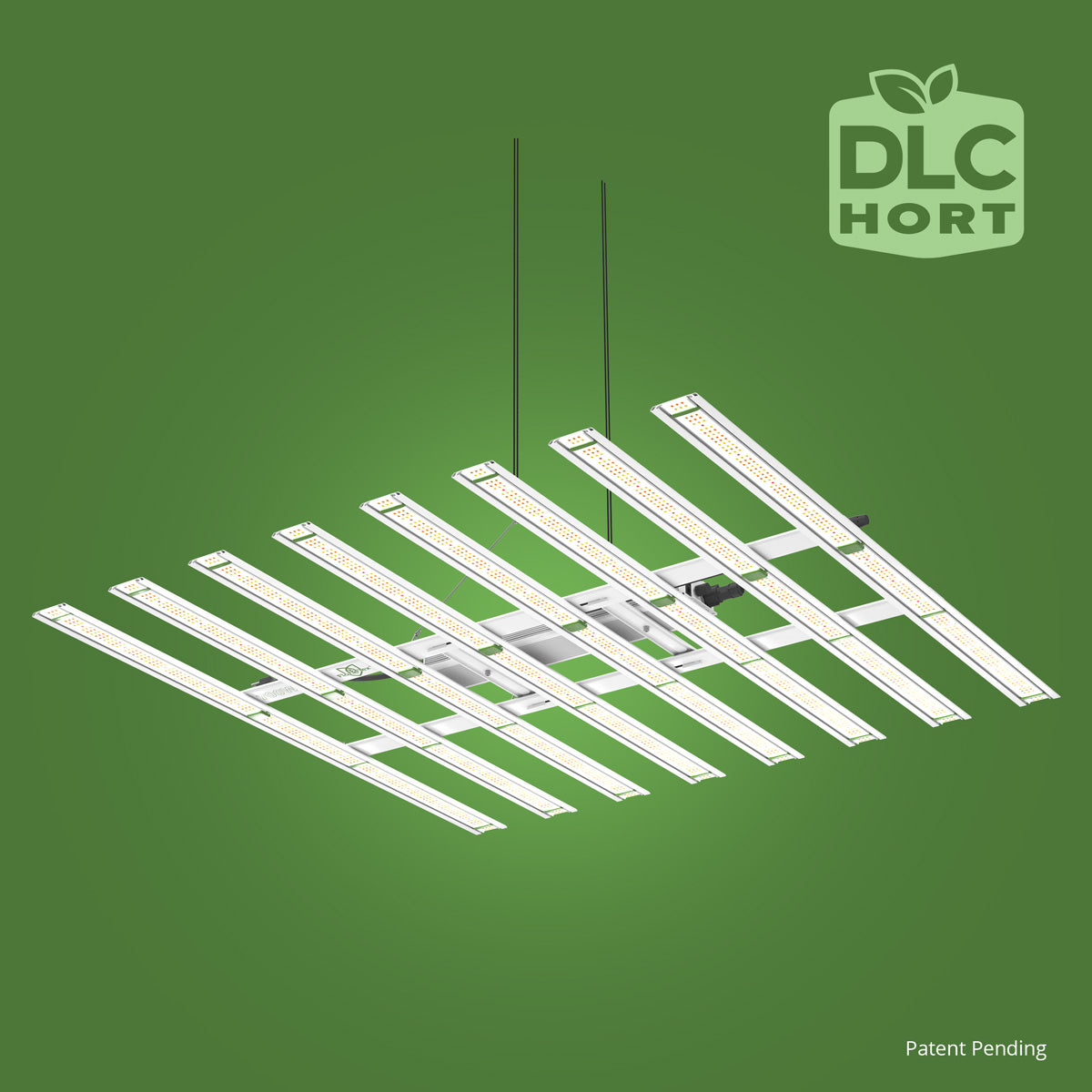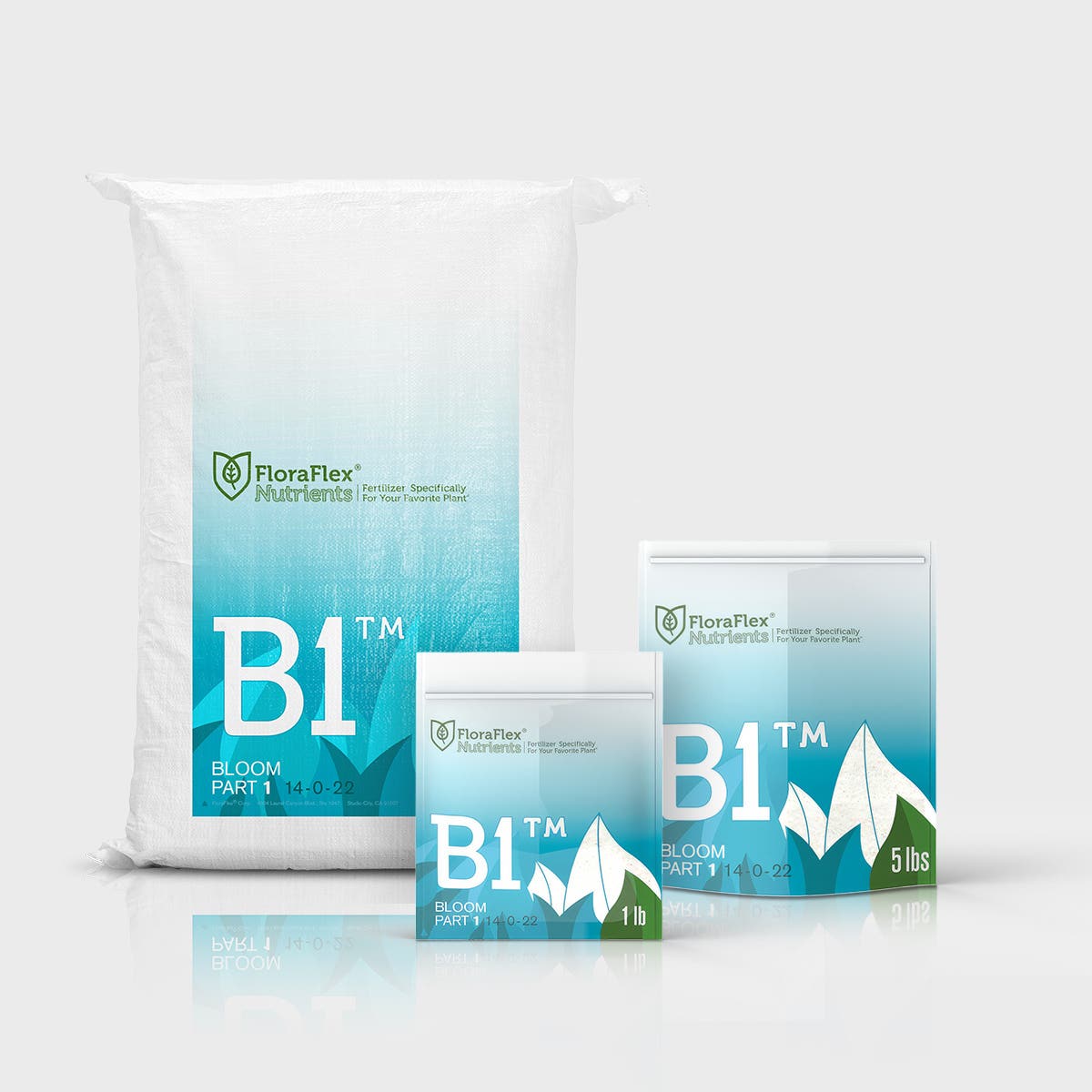In modern agriculture and horticulture, efficient and precise nutrient delivery is key to promoting healthy plant growth and maximizing yields. One effective tool for achieving this is an inline fertilizer injector. In this blog post, we will explore the benefits and functionality of an inline fertilizer injector, also known as a fertilizer proportioner or dosing system. From enhancing nutrient absorption to optimizing fertilizer application, discover how an inline fertilizer injector can revolutionize your cultivation practices.
Understanding Inline Fertilizer Injectors:
An inline fertilizer injector is a device designed to accurately deliver fertilizers and other water-soluble nutrients into an irrigation system. It operates by proportionally mixing a concentrated fertilizer solution with the irrigation water as it flows through the system. This ensures a consistent and controlled supply of nutrients to the plants.
Benefits of Using an Inline Fertilizer Injector:
Precise Nutrient Delivery: An inline fertilizer injector allows for precise control over the concentration and ratio of fertilizers, ensuring accurate nutrient delivery to meet the specific needs of the plants.
Increased Efficiency: By directly injecting fertilizers into the irrigation system, the nutrients are evenly distributed throughout the root zone, optimizing nutrient uptake and minimizing wastage.
Time-Saving: An inline fertilizer injector automates the fertilization process, reducing the need for manual mixing and application. This saves time and labor while ensuring consistent nutrient delivery.
Customizable Nutrient Programs: Inline fertilizer injectors allow growers to tailor nutrient programs based on crop type, growth stage, and specific nutrient requirements, leading to optimized plant growth and development.
Scalability: Inline fertilizer injectors can be adapted for various operation sizes, from small-scale gardens to large commercial farms. They offer flexibility and scalability to meet the needs of different cultivation setups.
Operating Principles and Installation:
Inline fertilizer injectors typically operate based on venturi or positive displacement principles. Venturi injectors utilize the pressure differential created by water flow to draw and mix fertilizers, while positive displacement injectors use mechanical pumps to inject precise amounts of fertilizers. Installation involves integrating the injector into the irrigation system, typically through a bypass line or directly into the main water supply line.
Maintenance and Calibration:
Regular maintenance is essential to ensure the proper functioning of an inline fertilizer injector. This includes cleaning and replacing injector parts, inspecting valves and filters, and monitoring fertilizer solution concentrations. Calibration is also necessary to accurately adjust the injector settings for the desired nutrient ratios.
Choosing the Right Inline Fertilizer Injector:
Consider factors such as flow rate, injection ratio, compatibility with fertilizers, and ease of operation when selecting an inline fertilizer injector. Consult with reputable suppliers or experts to determine the best injector model that suits your specific needs and cultivation requirements.
An inline fertilizer injector revolutionizes nutrient delivery in agriculture and horticulture by providing precise, efficient, and customizable fertilization solutions. By incorporating an inline fertilizer injector into your irrigation system, you can enhance nutrient uptake, optimize fertilizer application, and promote healthy plant growth. Embrace this innovative tool to maximize yields, minimize nutrient wastage, and elevate your cultivation practices to new heights of success.

